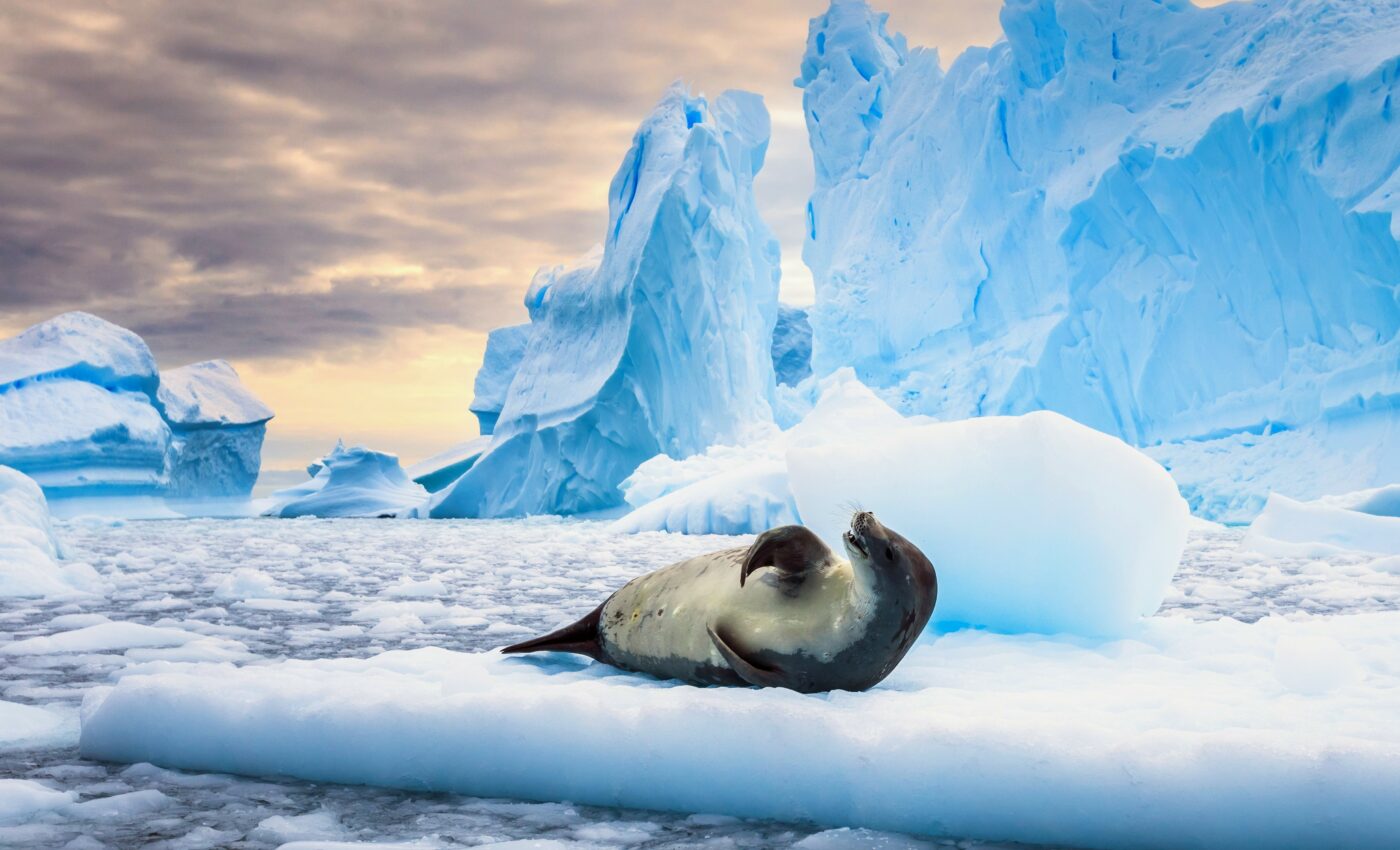
New trigger of Antarctic ice-sheet loss identified
Recent studies using computational modeling to investigate how melting ice in Antarctica may impact the world’s oceans have largely focused on aspects such as ice-sheet geometry, fracture, and surface melting, which could potentially trigger or accelerate ice-sheet mass loss. Now, a research team from Stanford University has identified and described an additional process which could have a similarly strong impact on the future of Antarctic ice sheets: the thawing of the bed at the interface of the land and the miles-thick ice sheets above it – a phenomenon known as basal thaw.
By using numerical ice-sheet models, the researchers tested whether the onset of basal thaw could lead to significant ice loss within a 100-year period, and discovered that triggering thaw can lead to mass loss in areas of the ice sheet which are not usually associated with instability and sea-level rise contributions at such a short timescale.
“There really has been little to no continental-wide work that looks at the onset of thawing – that transition from frozen ice to ice at the melting point, where a little bit of water at the bed can cause the ice to slide,” said study lead study author Eliza Dawson, a doctoral student in Geophysics at Stanford. “We were interested in learning how big an effect thawing could have and what regions of the ice sheet were potentially most susceptible.”
Together with her colleagues, Dawson modeled temperature changes at Antarctica’s base according to shifts in friction caused by the ice sheet sliding over the land beneath it. The simulations revealed that in East Antarctica – an area considered relatively stable compared to West Antarctica – the Enderby-Kemp and George V Land regions would be most sensitive to basal thaw. If thawing were to occur, such areas could end up being leading sea-level rise contributors, comparable to the rapidly evolving and highly unstable Thwaites Glacier in West Antarctica.
“The whole community is really focusing on Thwaites right now,” said study senior author Dustin Schroeder, an associate professor of Geophysics and Electrical Engineering at Stanford. “But some of the regions that are the usual suspects for big, impactful changes aren’t the most provocative and impactful areas in this study.”
Although scientists do not yet know what forces are most capable of triggering basal thaw in the potentially susceptible regions identified in this study, one possible driver could be changing ocean conditions. “Warm ocean water does not necessarily reach these East Antarctica regions as it does in parts of West Antarctica, but it’s nearby, so there’s potential that could change,” Professor Schroeder explained. “When you consider the recent theoretical work showing that thermal processes at the bed can be easy to activate – even spontaneous – it makes near-term thawing of the ice-sheet bed seem like a far easier switch to flip than we’d thought.”
“Follow-on work will be needed to take a closer look at these regions that this paper identified. Showing that thawing at the bed can result in mass loss from the ice sheet is a process that the community needs to understand and really start looking at – especially in these potentially vulnerable areas,” Dawson concluded.
The study is published in the journal Nature Communications.
—
By Andrei Ionescu, Earth.com Staff Writer













